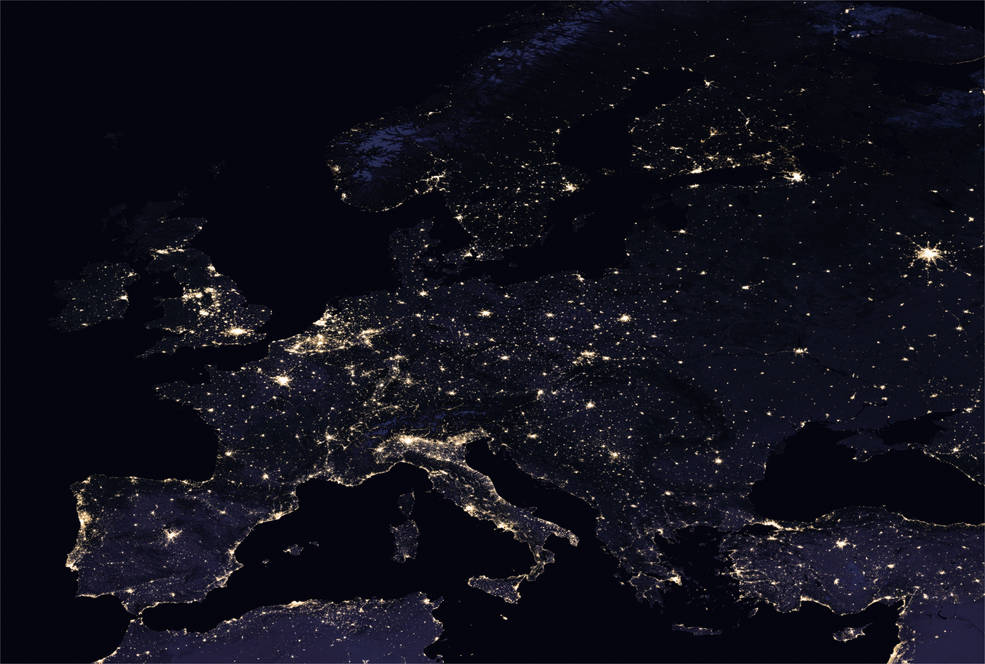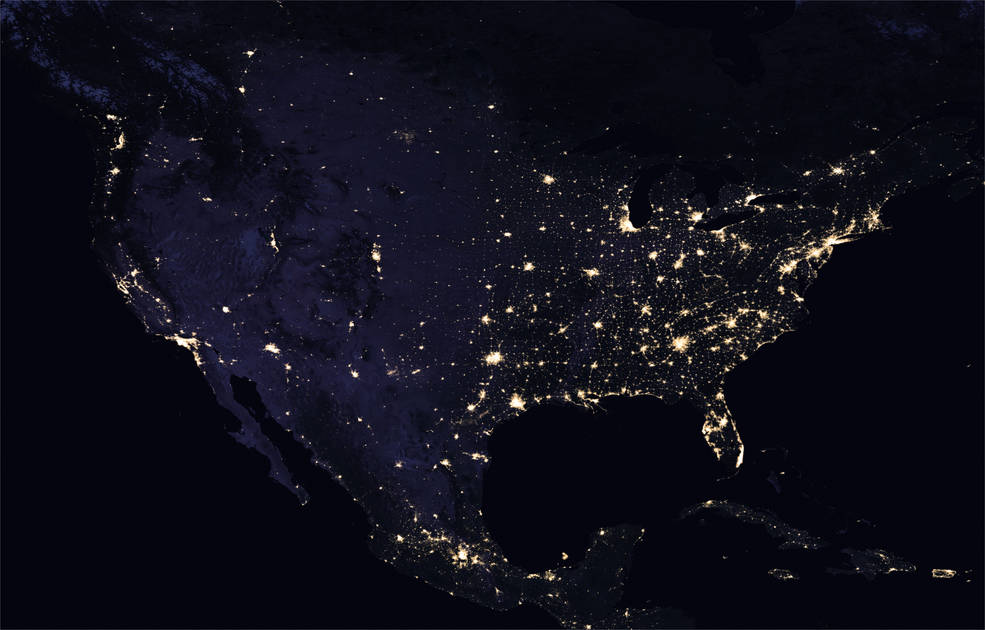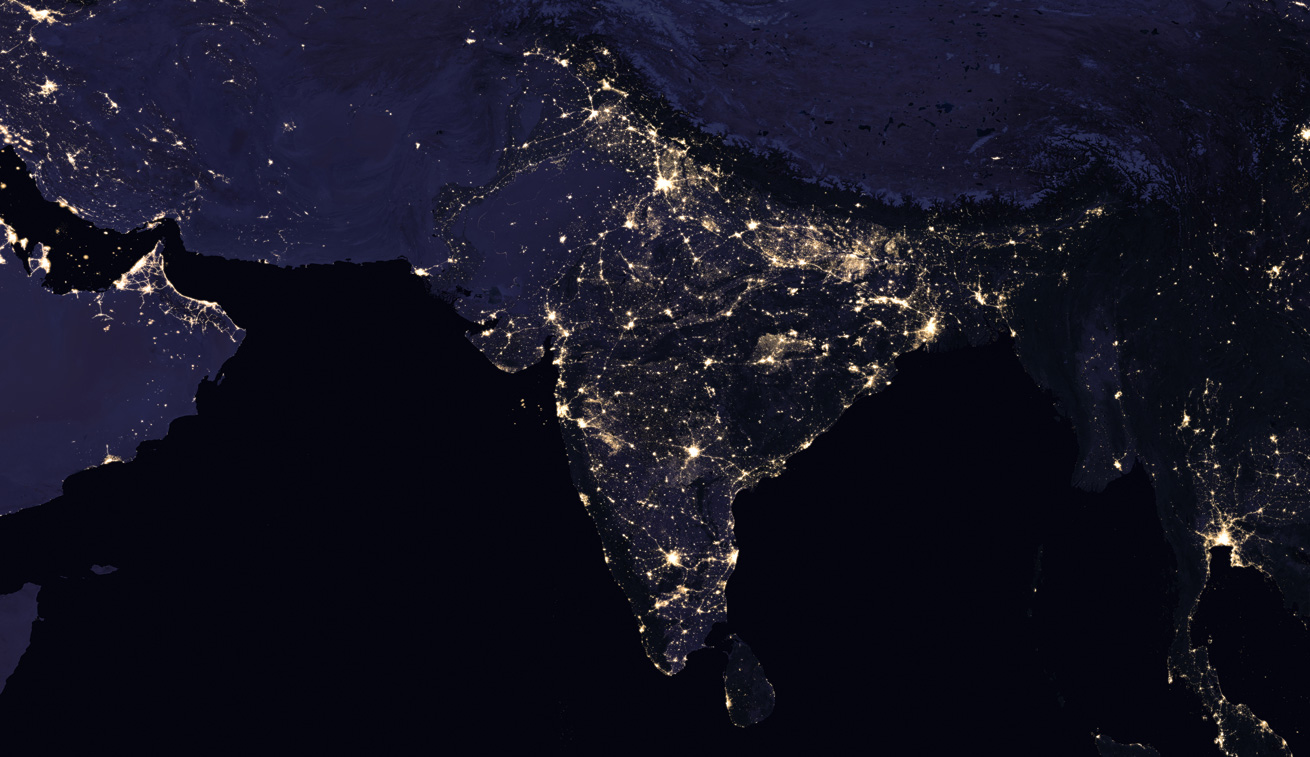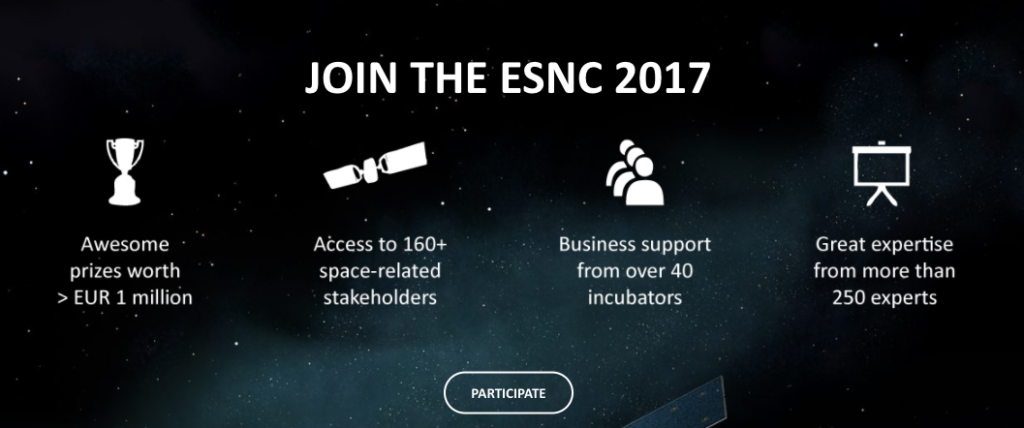
New night light satellite maps from NASA will be generated daily
The satellite images of Earth taken at night always hypnotizes me. They are not only beautiful, but they also give the clearest view on the human settlement patterns on our planet. New Night Light satellite maps from NASA, will be a mesmerizing beauty.
From a research perspective, it creates an amazing value, but the temporal resolution of the data has always been a problem. These datasets have been produced every decade or so which made it impossible to do any large scale change detection analysis.
This year NASA plans to change it! In the years since the 2011 launch of the NASA-NOAA Suomi National Polar-orbiting Partnership (NPP) satellite, guys at NASA have been analyzing night lights data and developing new software and algorithms to make night lights imagery clearer, more accurate and readily available. Later this year they plan to release these data on a daily basis to the science community. This is an amazing quality change that will trigger a lot of cool projects.
Generating this data with such a temporal resolution is not an easy task. When generating the images, you need to account the phases of the moon, seasonal vegetation, clouds, aerosols, snow and ice cover, and even faint atmospheric emissions. All of these change the way light is observed in different parts of the world. It will be interesting to learn how NASA has managed to compute the final output.
We will keep you posted once the data will be released. Meanwhile, you can download the 2016 night map here: 8 MB jpg, (or a hi-res image here: 266 MB jpg). You can also find more images at NASA’s Global Imagery Browse Services and Worldview tools.
If you enjoyed this article about night light satellite maps, read more and subscribe to our monthly newsletter!







